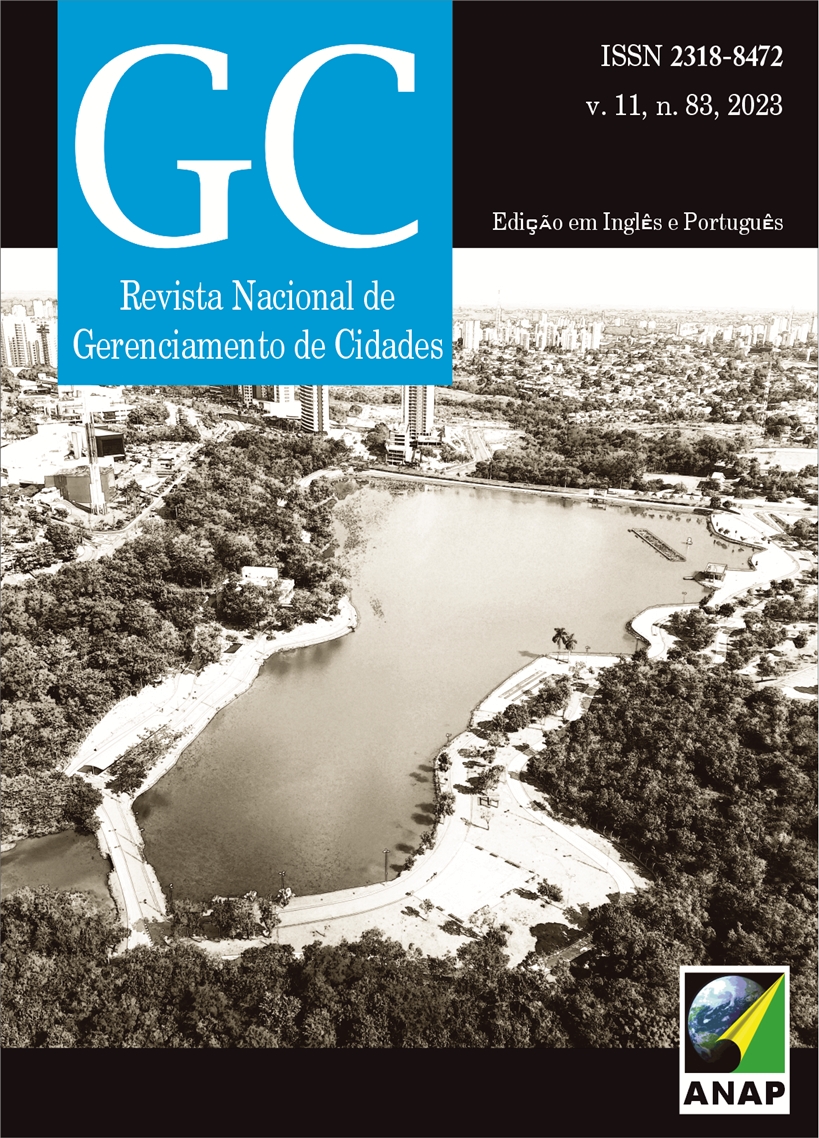Dialogues between the rehabilitation of buildings and the sustainable development of consolidated metropolises
DOI:
https://doi.org/10.17271/23188472118320234659Keywords:
Sustainable Development, Agenda 2030, Retrofit, MetropolisesAbstract
With the 2030 Agenda, the nations that ratified the Paris Agreement have taken steps towards achieving Sustainable Development. Certain strategies have been identified as determining factors to meet the goals outlined in the Sustainable Development Goals (SDG) Number 11. In this context, consolidated cities have buildings that do not meet contemporary needs, being, in many cases, underutilized or in obsolescence integral. This article examines two case studies: the Pruitt-Igoe residential complex built in the city of St. Louis, in the USA and the Wilton Paes de Almeida building, built in the city of São Paulo, in Brazil. Both examples of modern architecture were lost in the context of contemporary metropolises. The study discusses the retrofitting of these urban structures of the metropolises, in the perspective of the 2030 Agenda, highlighting the need to expand the measures of rehabilitation of buildings as a strategy for a Sustainable Development, in order also to reduce the existing idleness built in the areas centers with the use of existing resources and reduce the spread of the urban area that assigns the extremes to the most vulnerable in the context of the São Paulo metropolis. With this analysis, the article seeks to demonstrate that investment in in retrofitting techniques can be a favorable alternative to Sustainable Development and the regeneration of metropolises.
Downloads
Published
Issue
Section
License

This work is licensed under a Creative Commons Attribution-NonCommercial-ShareAlike 4.0 International License.














